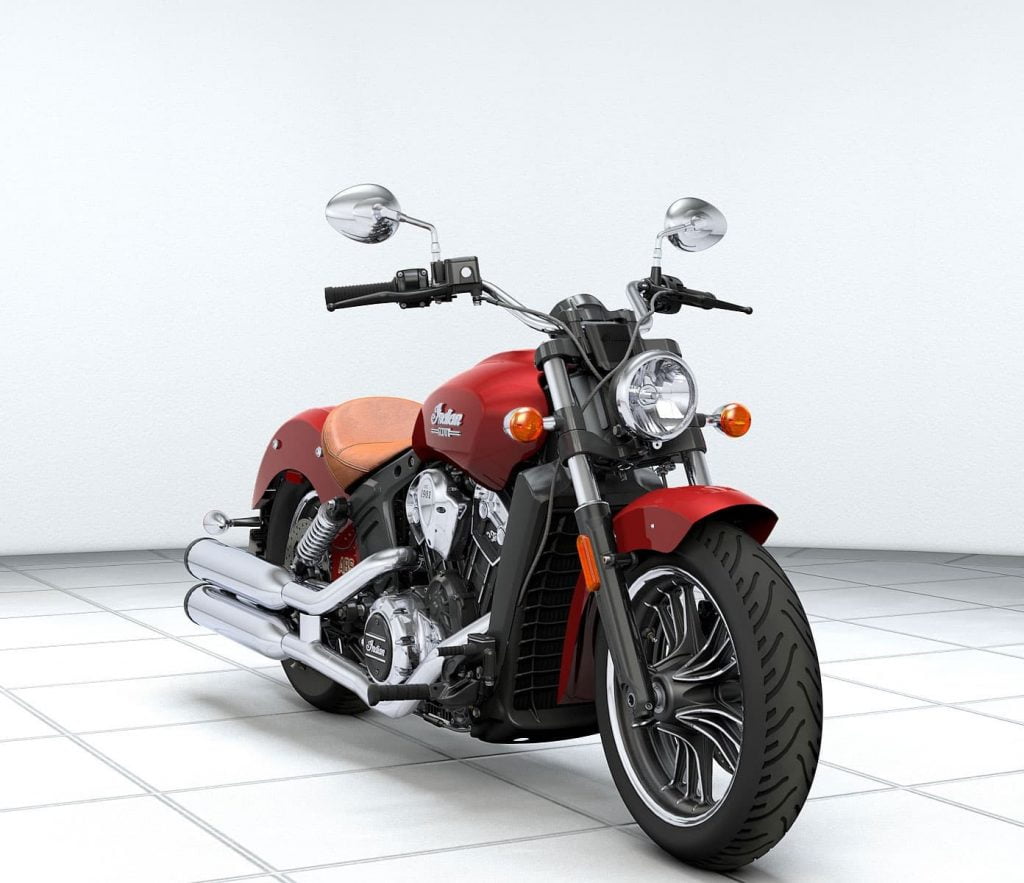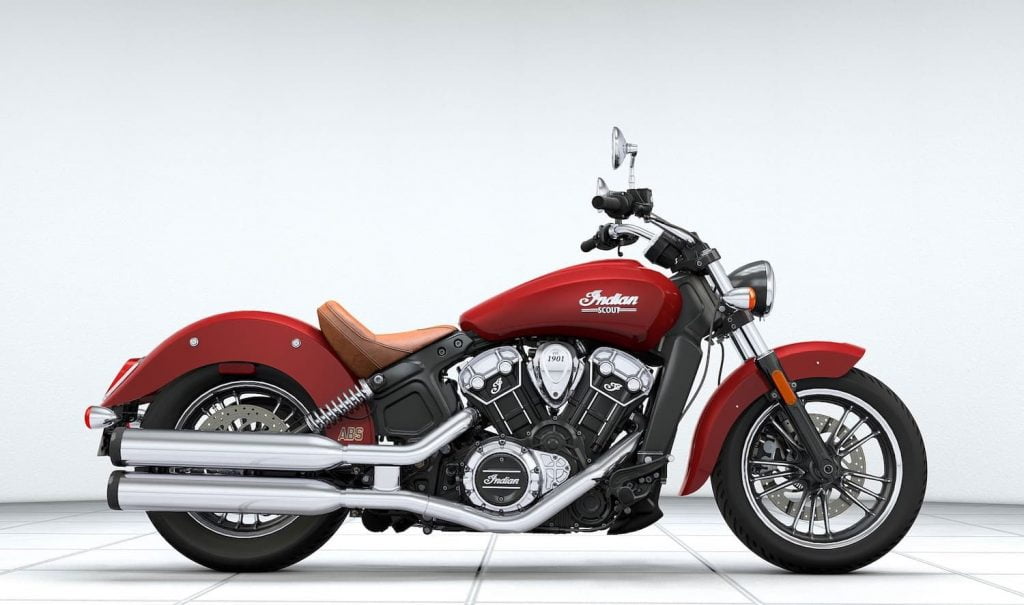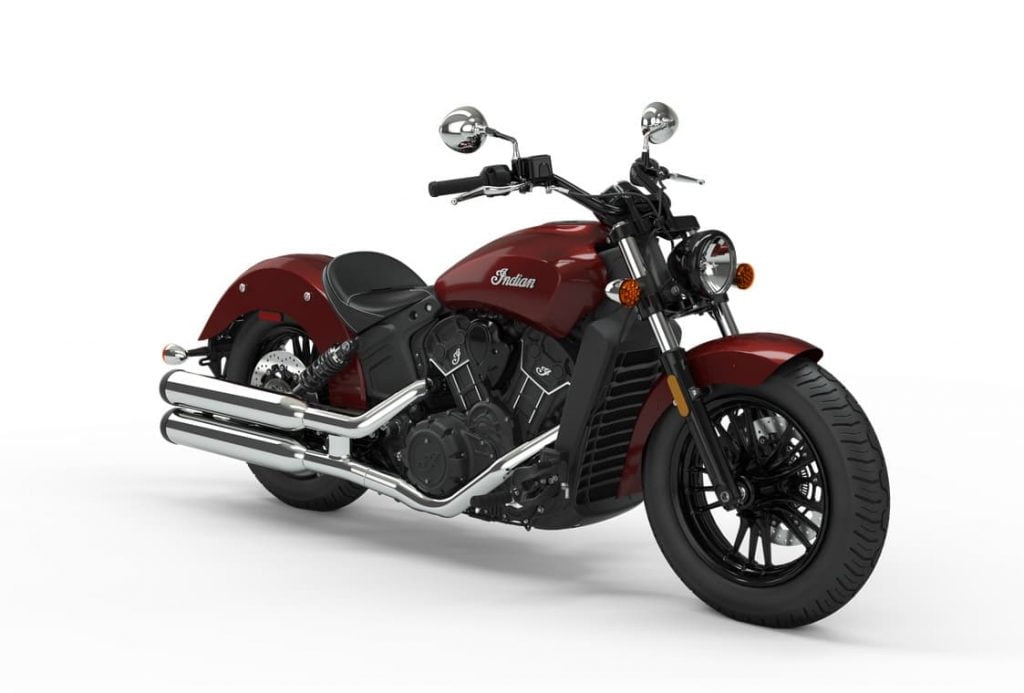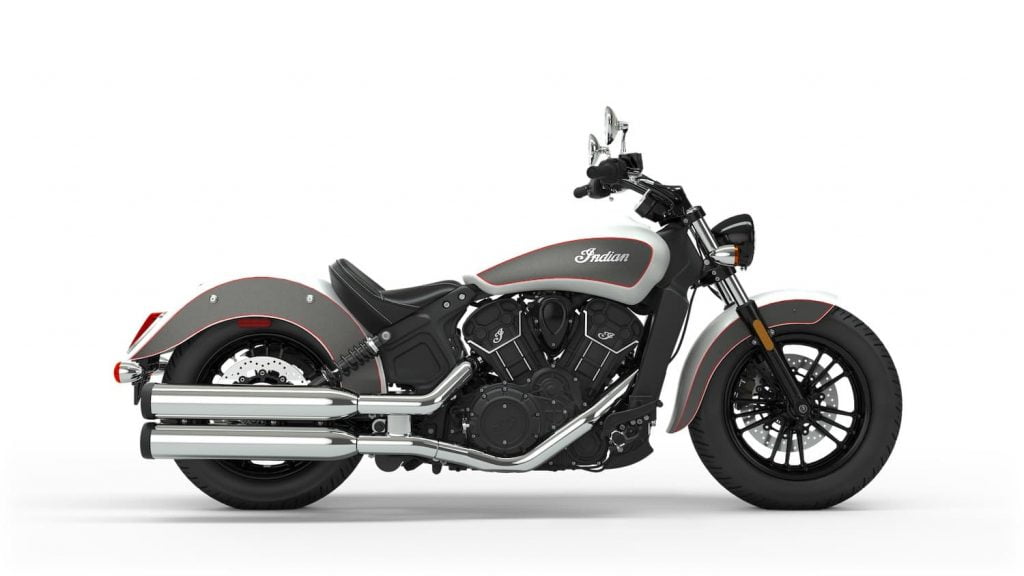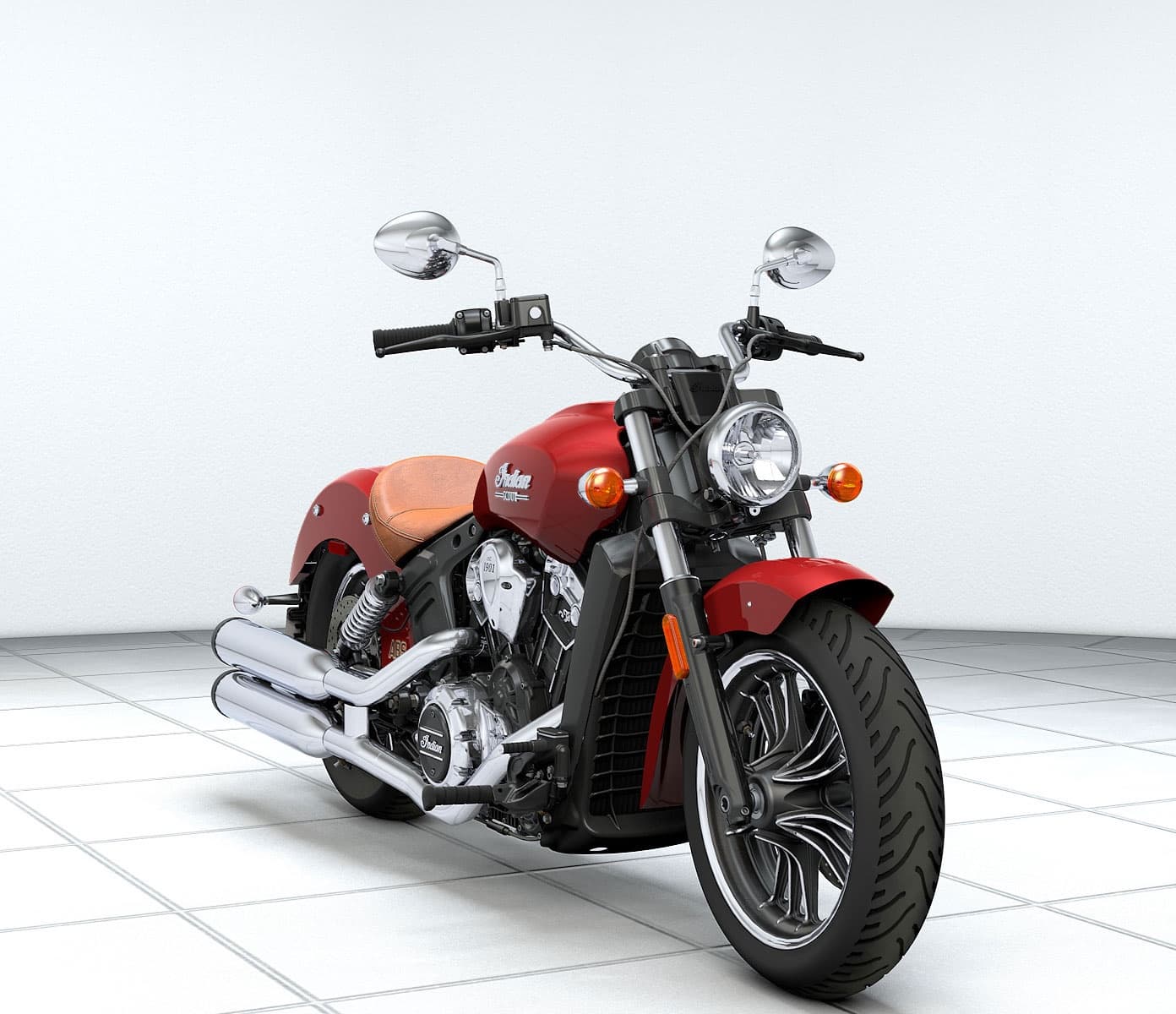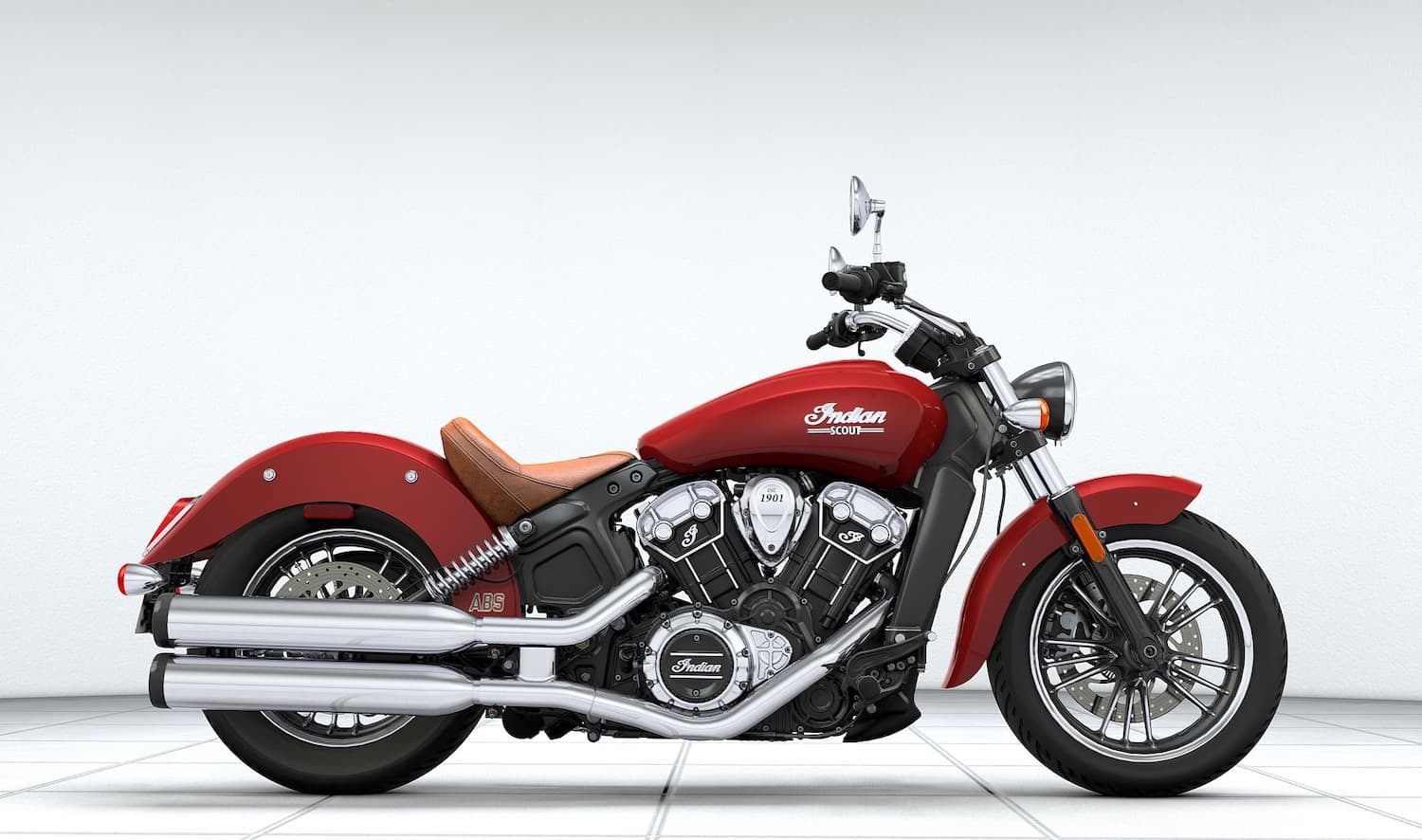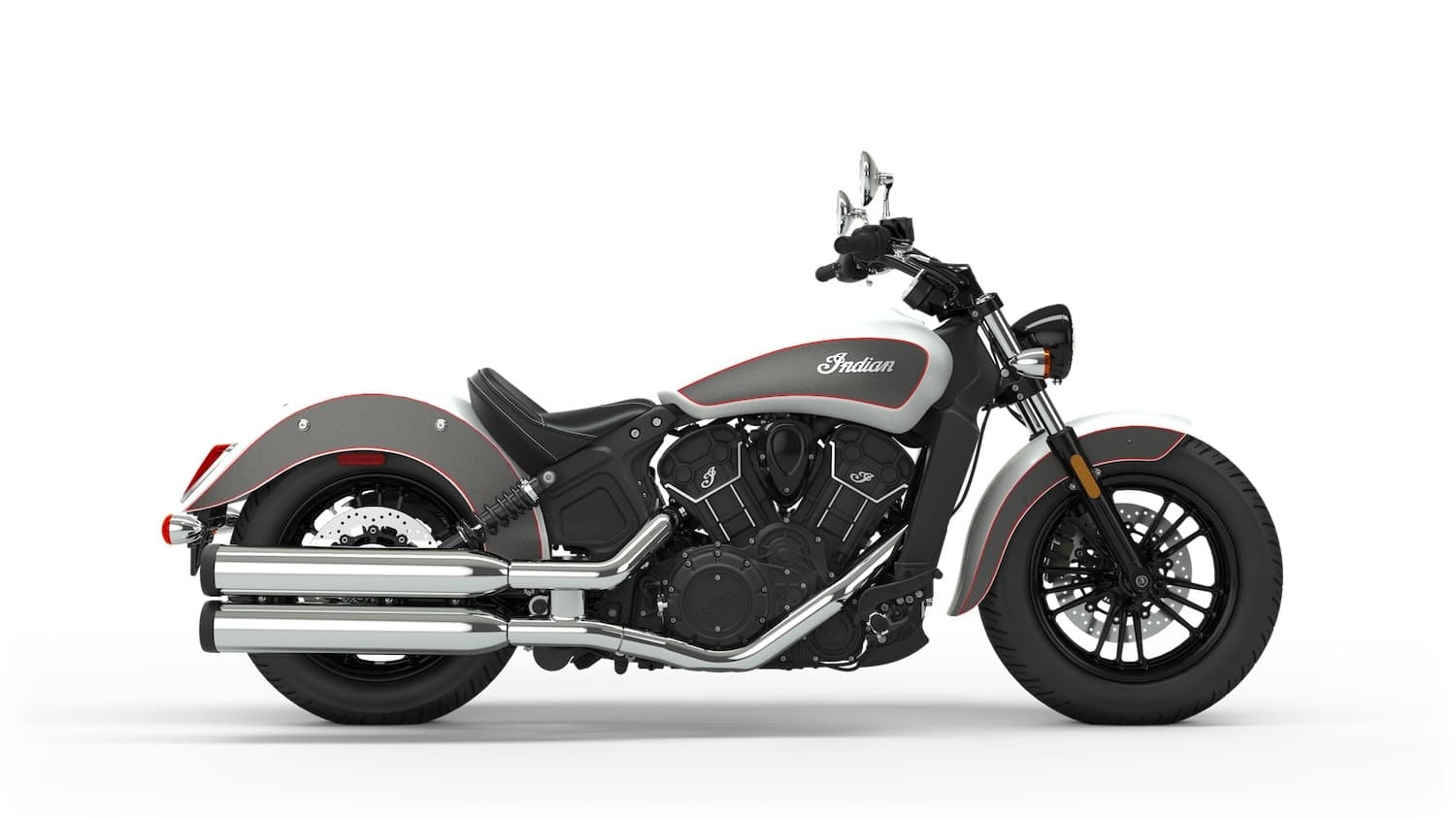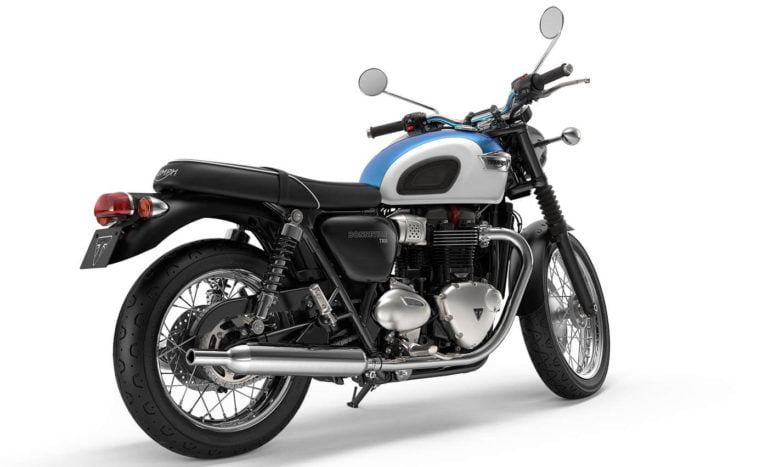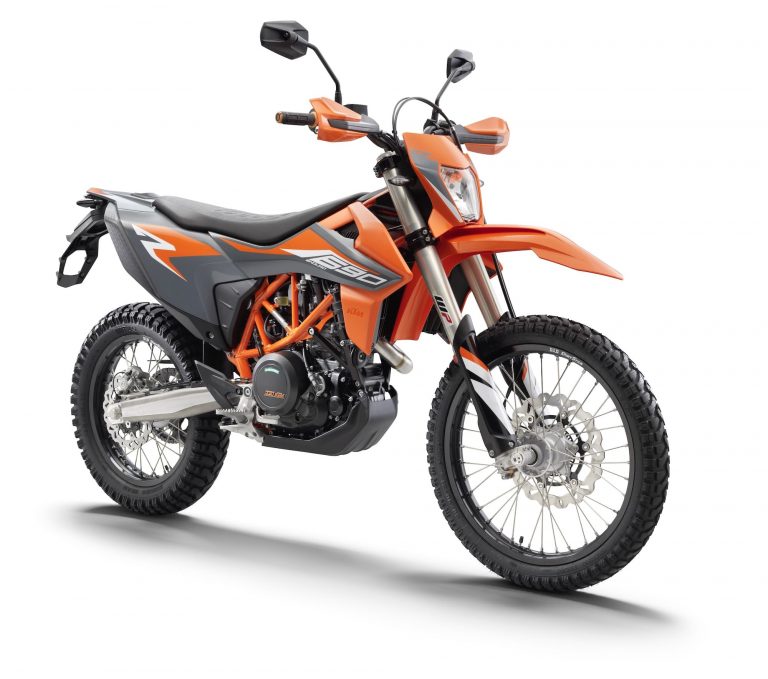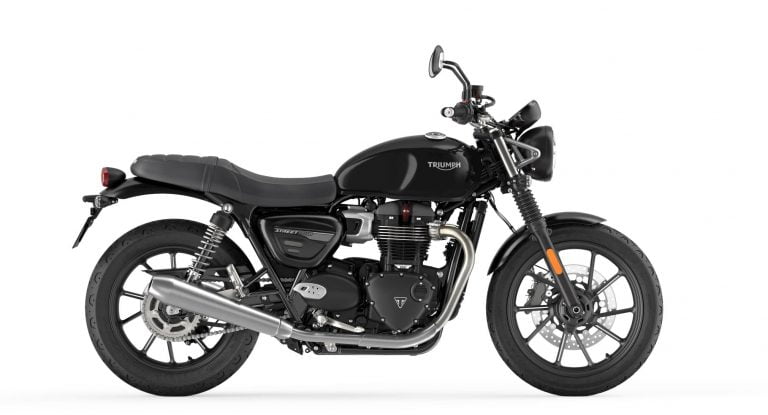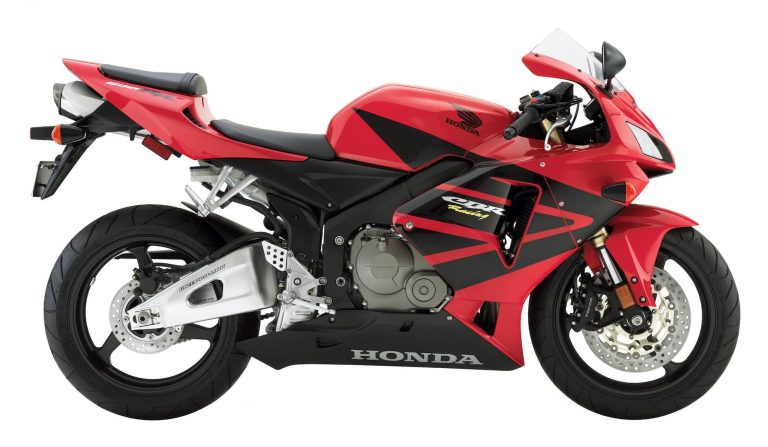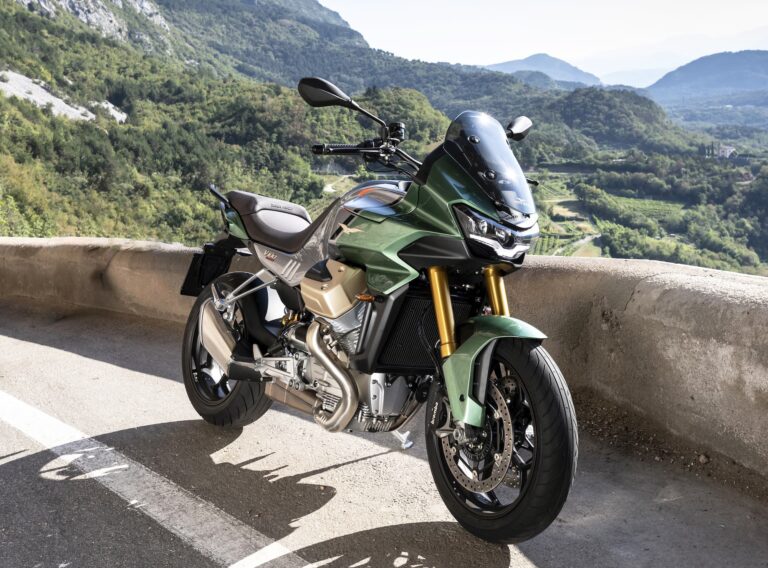Indian Scout (2015+, including Scout Sixty) Maintenance Schedule
This is the maintenance schedule and service intervals for the Indian Scout, one of the most popular motorcycles out of the revitalised Indian brand in recent years.
Indian released the Indian Scout for 2015. It was named after an old, classic line of Indian motorcycles, but the modern Indian doesn’t have anything to do with the old other than sharing a name.
The Indian Scout is based on a modern (compared to air-cooled cruiser motors, anyway) 1133cc water-cooled DOHC 60-degree V-twin that makes around 75 kW or 100 hp at the crank. It puts power down through a belt drive and six-speed transmission.
The Scout is also available in a smaller-capacity (999.6cc) “Scout Sixty” configuration, which is almost the same motorcycle except for the smaller (lower-power) engine and a few down-graded components, and also a lower price of course. Maintenance for both bikes is the same (they share the same manual).
However, maintenance for the Indian Scout Bobber/Twenty/Sixty is slightly different.
From 2025, Indian updated the Scout to a bigger engine and changed the lineup, also introducing the high-spec 101 Scout. See here for the maintenance schedule for the 2025 Indian Scout 1250.
This site has links for things like oil and spark plugs from which we earn a commission (which unfortunately nobody can save, not even us). If you appreciate this work, then please use those links. Thanks!
Indian Scout Service Intervals
Oil change intervals for the Indian Scout are every 10000 miles or 16000 km. But Indian recommends you do a full inspection twice as often, every 5000 miles or 8000 km. At that point, Indian has a full checklist of items to go over.
Unlike other big cruisers, the Indian Scout does not have self-adjusting hydraulic valve lifters. So you do have to inspect the valve clearances periodically. The recommended valve service schedule is every 20000 miles or 32000 km — basically, every two oil changes.
Indian recommends you change the spark plugs only at 30000 miles or 48000 km.
There are other items with odd maintenance intervals, like the fuel filter or drive belt — see the maintenance table below for more details.
What you need to service your Indian Scout
Indian recommends they do the more tricky parts of servicing your bike, but those basics are standard fare for many motorcycle owners.
| Part | Indian Scout spec |
|---|---|
| Engine Oil | Indian recommends “Indian motorcycles Synthetic Blend 15W-60 Engine Oil for your motorcycle”. This is an oil that meets API SM and ILSAC GF-4, and JASO MA specifications and that’s 15W-60 in weight. Your best bet is an Indian Scout Oil Change Kit, which includes an oil filter. |
| Oil filter | Change the oil filter every time you change the oil. An oil filter is included with the oil change kit, or you can separately get a Hiflofiltro part number HF199. |
| Belt tension | Check the belt tension regularly with a belt tension tool and adjust if necessary. |
| Air filter | You need to change the air filter every 10,000 miles (16,000 km). The part number is PL-1115. |
| Spark plugs | Change spark plugs periodically with an NGK MR7F with an 0.030 inch (0.80 mm) gap (you might need a spark plug gapping tool) |
| Coolant | The Indian Scout has a liquid-cooled engine and needs (fairly universal) 50-50 ethylene glycol pre-mix. |
| Brake fluid | Use Castrol DOT 4. You don’t need clutch fluid luckily (it has a clutch cable). |
| Battery | Dead battery? Replace it with a 12 volt, 13 amp-hour, 245+ CCA maintenance-free AGM, e.g. Yuasa YTX14AH-BS, used in many high-end motorcycles. |
| Light bulb | Standard headlight bulb size HB2 60/55W 12V LL. |
Maintenance Schedule for the Indian Scout
This is the maintenance schedule for the Indian Scout, reformatted to make it easier to understand.
The core of the maintenance schedule is to inspect, clean, lubricate, adjust and replace parts as necessary. When inspection reveals the need for replacement parts, Indian recommends you use genuine Indian Motorcycle parts.
Keep all your maintenance logged in the manual, too.
We’ve broken the maintenance schedule for the Indian Scout into three parts:
- The “Standard Service” inspection checklist. This is a list of checks to do at every service.
- The maintenance schedule that shows how often to do the standard service, as well as other less frequent checks.
- “Long-term” service, which are things to do only very infrequently.
Aside from these, make sure you maintain your belt regularly — the section on how to do this is below.
Indian Scout — Standard Service
Below is the standard inspection checklist for the Indian Scout. Do this according to the maintenance schedule below.
| Indian Scout – Inspection checklist |
|---|
| Drive belt condition and tension – inspect, adjust tension as necessary See below for inspection / adjustment guidelines |
| [Dealer] Diagnostic codes – read / check |
| Cooling system / radiator – inspect for leaks, chafing of hoses, fluid level |
| Fuel system – inspect for leaks, chafing of hoses |
| Oil lines / oil system – inspect for leaks, hose condition |
| Brake pads – inspect wear condition, replace as necessary |
| Front brake lever – inspect, lubricate |
| Front forks and axle – inspect for leaks, smooth operation, no free play |
| Gear shift pedal – inspect |
| Rear brake pedal – inspect |
| Rear shock absorber – inspect for no leaks, smooth operation |
| Rear wheel alignment – inspect, adjust as necessary |
| Side stand – inspect, lubricate as necessary |
| Side stand safety switch – inspect |
| Feeler pegs – inspect, replace as necessary |
| Steering bearings – inspect for smooth operation, no notchiness |
| Shock bushings and Fasteners – inspect |
| Swing arm / pivot, bearings, and rear axle – inspect for tightness / lack of play |
| Tires / wheels – inspect for condition, tread |
| Fasteners – tighten as necessary |
| Headlight – inspect for function, correct aim |
| Crankcase ventilation system – inspect |
| Evaporative emission control system (if fitted) – inspect |
| Battery – check tightness, replace battery as necessary |
| Electrical equipment / switches – check |
| Road test – perform |
Indian Scout — Maintenance Schedule
Below is the full maintenance schedule for the Indian Scout.
Notes:
- Beyond the end of the maintenance schedule, keep following it in the pattern shown.
- Note the longer-term items below (e.g. changing the coolant)
| ‘000 miles | 2.5 | 5 | 10 | 15 | 20 | 25 | 30 | |
|---|---|---|---|---|---|---|---|---|
| ‘000 km | 4 | 8 | 16 | 24 | 32 | 40 | 48 | Every |
| Perform full scheduled service (see above) | ✓ | ✓ | ✓ | ✓ | ✓ | ✓ | ✓ | |
| Engine oil – replace | ✓ | ✓ | ✓ | Year (if driven in extreme conditions) | ||||
| Engine oil filter – replace | ✓ | ✓ | ✓ | Year (if driven in extreme conditions) | ||||
| Air filter – inspect | ✓ | ✓ | ✓ | ✓ | ||||
| Air filter – replace | ✓ | ✓ | ✓ | |||||
| Spark plugs – check | ✓ | ✓ | ||||||
| Spark plugs – replace | ✓ | |||||||
| Engine compression – check | ✓ | ✓ | ✓ | |||||
| Exhaust joints – Check and re-torque | ✓ | ✓ | ✓ | |||||
| Valve lash clearance – check / adjust | ✓ | |||||||
| Brake fluid level – inspect | ✓ | ✓ | ✓ | ✓ | ||||
| Brake fluid – replace | ✓ | ✓ | ✓ | 2 years | ||||
| Lubricate clutch lever | ✓ | ✓ | ✓ | |||||
| Lubricate control cable ends | ✓ | ✓ | ✓ | |||||
| Front fork oil – replace | ✓ | ✓ | 2 years | |||||
| Fuel filter – replace | ✓ | |||||||
| Drive belt – replace | ✓ |
Long-term service for the Indian Scout
The below items only need service very infrequently on the Indian Scout so are not mentioned above to avoid repetitiveness.
Where there’s a distance and time interval, follow the earlier of the two.
| Service Item | Distance interval | Time interval |
|---|---|---|
| Engine coolant — replace | 50000 miles / 80000 km | 5 years |
| Rear shock absorber – replace | 50000 miles / 80000 km | – |
Drive belt maintenance
As the Scout has a belt final drive, make sure to keep it maintained (as well as replacing it periodically per the schedule). Make sure it has no cracked or broken teeth and that the tension is correct.
See the below examples from the Indian manual of damage / wear to a motorcycle belt.
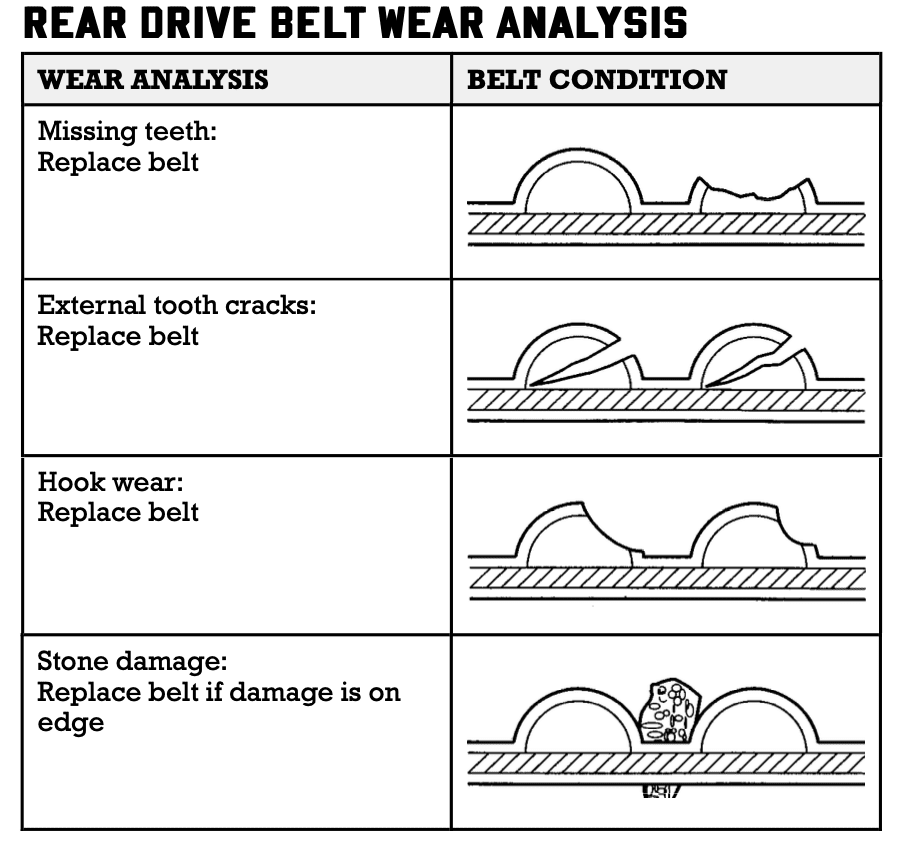
You also need to check the deflection level of the drive belt at every service.
The belt on the Indian Scout, with 10 lb of force, should deflect to 12 mm (15/32 in).
If the belt is too loose, adjust the belt tension by loosening the axle nut, turning the left side adjuster nut to get the correct tension. Make sure the belt is aligned using the right side adjuster nut. You might have to tap on the axle to ensure it moves evenly.
Then, tighten the axle nut again (torque spec 65 ft-lb / 88 Nm).
Tire sizes and pressures
The Indian Scout ships with the following tire sizes and recommended pressures.
The Scout Sixty ships with slightly different tire specs.
Tire specs for Indian Scout:
| Wheel | Tire size | Tire pressure (cold) | Standard tire |
|---|---|---|---|
| Front | 130/90-16 67H | 36 psi (248 kPa) | Pirelli Night Dragon |
| Rear | 150/80-16 77H | 40 psi (276 kPa) | Pirelli Night Dragon |
Tire specs for Indian Scout Sixty
| Wheel | Tire size | Tire pressure (cold) | Standard tire |
|---|---|---|---|
| Front | 130/90-16 72H | 36 psi (248 kPa) | Kenda K673F |
| Rear | 150/80-16 71H | 40 psi (276 kPa) | Kenda K673 |
Recommended tyre pressures are the same for the Scout and Scout Sixty, and the same for a light rider or a heavy one (or one with a passenger).
Of course, recommended tyre pressures are often to minimise tyre wear and associated expense, so find the ideal pressure for your weight and ride style.
About the Indian Scout
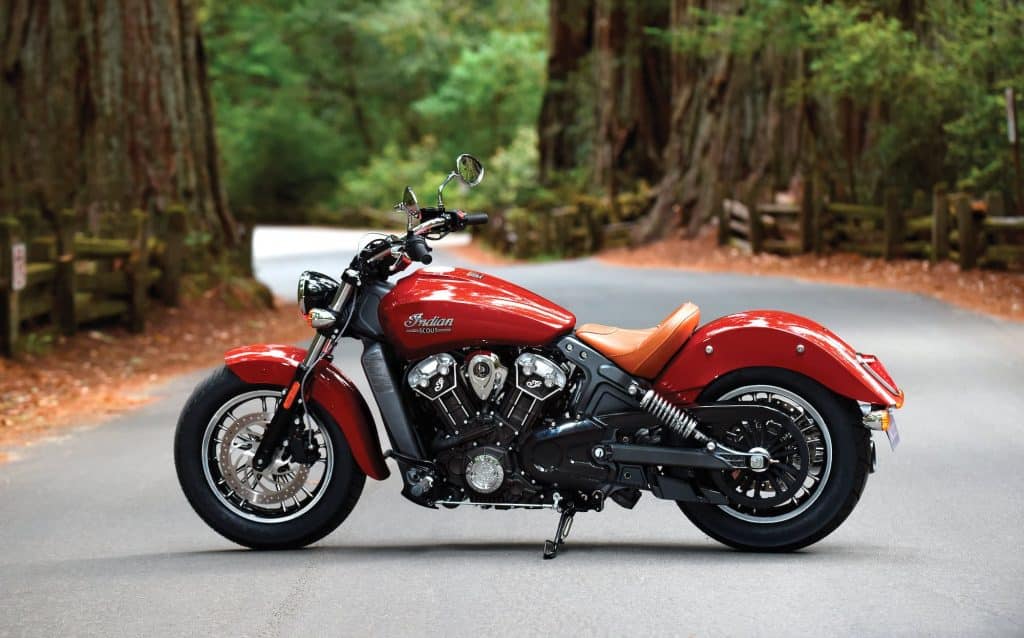
The Indian Scout is one of Indian’s new releases since Polaris acquired the dormant company in 2011. The Scout has a hugely successful motorcycle for the revitalised Indian and a key cornerstone of the brand’s revival.
The basic platform for the Indian Scout is a 1133cc liquid-cooled eight-valve 60-degree V-twin that makes a claimed 94 hp (70kW) at the crank (sometimes reported as 100hp), and 97 Nm (130 ft-lb) at 5,600 rpm. There’s a six-speed transmission and a belt final drive.
All that is for a motorcycle that weighs a pretty heavy 254 kg wet — I think of this as “quite a lot more than a similarly-powered Triumph Bonneville T120, but not as much as a much slower Harley-Davidson Iron 883″.
The Scout’s engine is quite fun to use, making this a tempting transition bike for sportbike riders who want to try a cruiser. Normally, if you’re used to sportbikes, you might be frustrated with bigger cruisers’ inability to rev. The Scout’s engine does rev nicely to 7K rpm, so while you’re not going to the moon, you won’t feel like it’s “choking” as you might feel on other bikes.
The Indian Scout shares a basic platform with the Indian Scout Bobber, which is the same motorcycle but re-styled to be leaner and sleeker (and a little less comfortable and thus a little less practical).
Maintaining the Indian Scout is quite easy. There’s a belt drive, so you have to check the tension and make adjustments periodically. Valve service intervals are quite wide — every 20,000 miles or 30,000 km, which is in the same territory as other modern Japanese and European water-cooled motorcycles.
The Indian Scout was also released as an Indian Scout Sixty, named for the 60-cubic inch engine that’s slightly lower-power. Alongside the smaller engine, the Indian Scout Sixty has a five-speed transmission and a lower price.
Manual for the Indian Scout
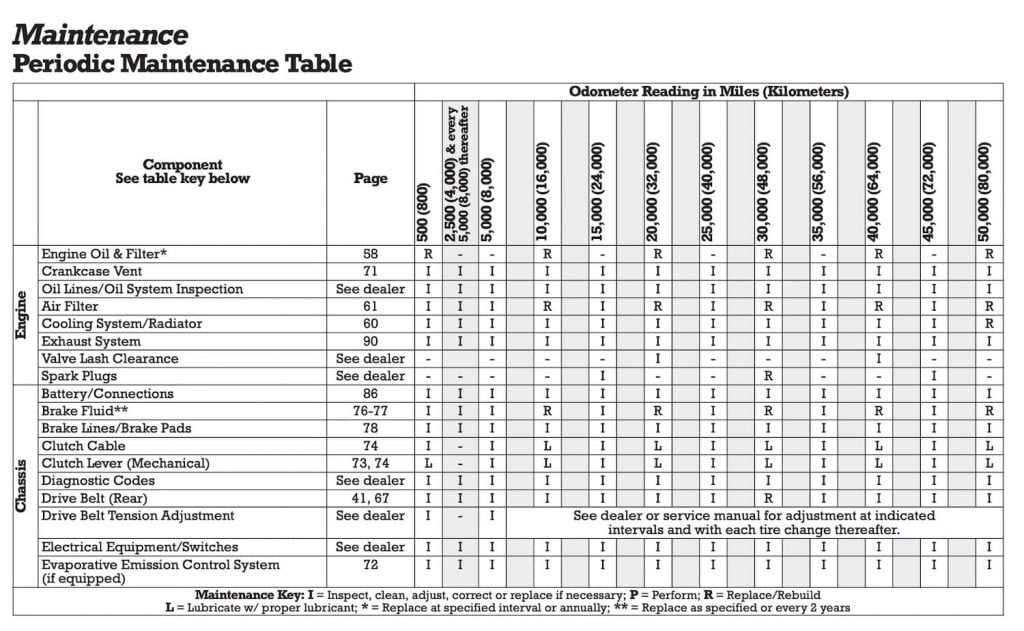
The above maintenance schedule was copied from the manual for the Indian Scout, which it shares with the Scout Sixty. You can get the original manual from Indian’s website, here.
